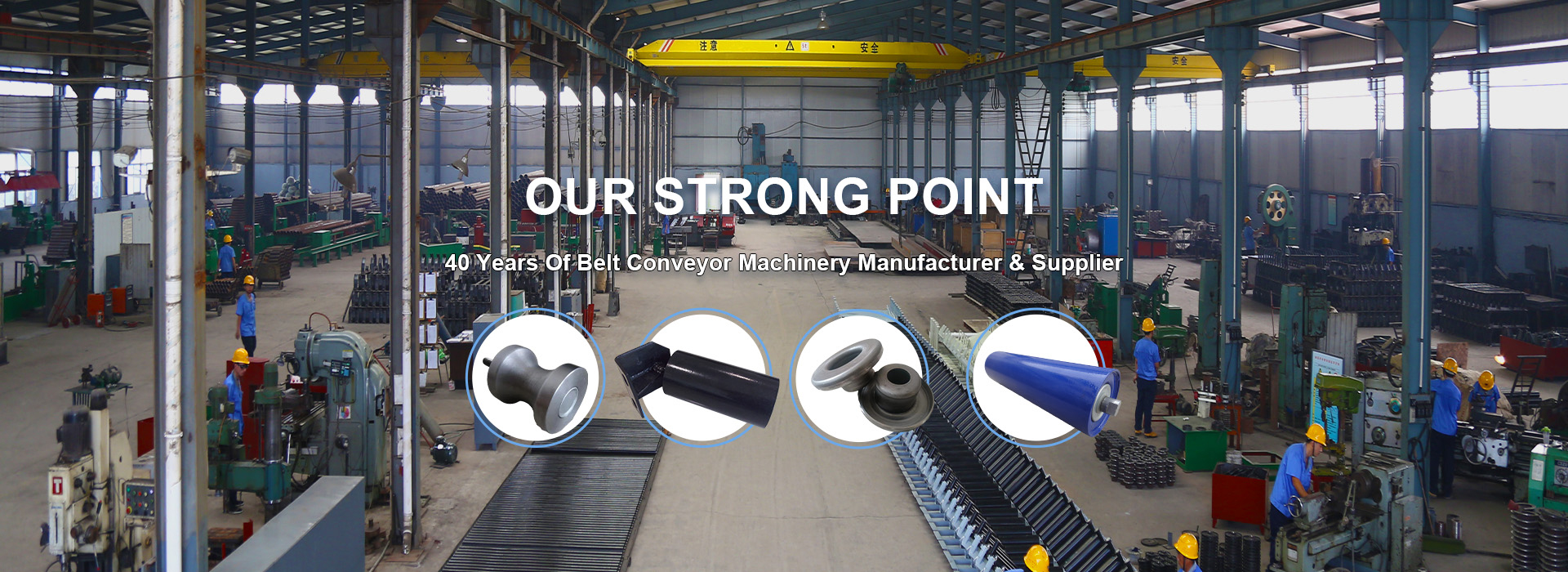 Afrikaans
Afrikaans  Albanian
Albanian  Amharic
Amharic  Arabic
Arabic  Armenian
Armenian  Azerbaijani
Azerbaijani  Basque
Basque  Belarusian
Belarusian  Bengali
Bengali  Bosnian
Bosnian  Bulgarian
Bulgarian  Catalan
Catalan  Cebuano
Cebuano  Corsican
Corsican  Croatian
Croatian  Czech
Czech  Danish
Danish  Dutch
Dutch  English
English  Esperanto
Esperanto  Estonian
Estonian  Finnish
Finnish  French
French  Frisian
Frisian  Galician
Galician  Georgian
Georgian  German
German  Greek
Greek  Gujarati
Gujarati  Haitian Creole
Haitian Creole  hausa
hausa  hawaiian
hawaiian  Hebrew
Hebrew  Hindi
Hindi  Miao
Miao  Hungarian
Hungarian  Icelandic
Icelandic  igbo
igbo  Indonesian
Indonesian  irish
irish  Italian
Italian  Japanese
Japanese  Javanese
Javanese  Kannada
Kannada  kazakh
kazakh  Khmer
Khmer  Rwandese
Rwandese  Korean
Korean  Kurdish
Kurdish  Kyrgyz
Kyrgyz  Lao
Lao  Latin
Latin  Latvian
Latvian  Lithuanian
Lithuanian  Luxembourgish
Luxembourgish  Macedonian
Macedonian  Malgashi
Malgashi  Malay
Malay  Malayalam
Malayalam  Maltese
Maltese  Maori
Maori  Marathi
Marathi  Mongolian
Mongolian  Myanmar
Myanmar  Nepali
Nepali  Norwegian
Norwegian  Norwegian
Norwegian  Occitan
Occitan  Pashto
Pashto  Persian
Persian  Polish
Polish  Portuguese
Portuguese  Punjabi
Punjabi  Romanian
Romanian  Russian
Russian  Samoan
Samoan  Scottish Gaelic
Scottish Gaelic  Serbian
Serbian  Sesotho
Sesotho  Shona
Shona  Sindhi
Sindhi  Sinhala
Sinhala  Slovak
Slovak  Slovenian
Slovenian  Somali
Somali  Spanish
Spanish  Sundanese
Sundanese  Swahili
Swahili  Swedish
Swedish  Tagalog
Tagalog  Tajik
Tajik  Tamil
Tamil  Tatar
Tatar  Telugu
Telugu  Thai
Thai  Turkish
Turkish  Turkmen
Turkmen  Ukrainian
Ukrainian  Urdu
Urdu  Uighur
Uighur  Uzbek
Uzbek  Vietnamese
Vietnamese  Welsh
Welsh  Bantu
Bantu  Yiddish
Yiddish  Yoruba
Yoruba  Zulu
Zulu Understanding the Importance of Pulley Lagging in Industrial Applications
Understanding Pulley Lagging Enhancing Efficiency and Durability
Pulley lagging is an essential component in the operation of various machinery and equipment within industries such as mining, construction, and manufacturing. This process involves applying a protective layer or material to the surface of a pulley to improve its performance, increase its lifespan, and reduce maintenance costs. By understanding the significance and benefits of pulley lagging, companies can optimize their systems and ensure a smoother, more efficient operation.
At its core, pulley lagging serves multiple purposes. One of the primary functions is to enhance traction between the pulley and the belt. An effective lagging material increases the grip and friction, allowing for better power transfer and preventing slippage. This improved traction is especially critical in heavy-duty applications where large forces and loads are involved. When a pulley operates with insufficient grip, it can lead to inefficient energy usage, increased wear on components, and potential operational failures.
Additionally, lagging acts as a protective barrier against wear and tear caused by constant friction. Pulleys, particularly those that handle abrasive materials, can experience significant degradation over time. By applying a lagging material that is resistant to wear, companies can extend the service life of their pulleys and reduce the frequency of replacements. Common lagging materials include rubber, ceramic, and various composites, each offering different levels of durability and performance based on the specific operational requirements.
pulley lagging

Moreover, pulley lagging contributes to the overall safety of the machinery
. A well-lagged pulley minimizes the risk of slippage, which can cause accidents and damage to both the equipment and surrounding areas. This increased safety can lead to lower insurance costs and reduced liabilities for companies, making it a prudent investment in their operation.It is also important to consider the maintenance aspect when discussing pulley lagging. Regular inspection and timely replacement of lagging materials are vital for maintaining optimal performance. By identifying wear patterns and replacing lagging before it fully deteriorates, businesses can prevent unexpected downtime and costly repairs. Implementing a routine maintenance schedule that includes checks on lagging can enhance the efficiency of the entire system.
In today's competitive landscape, where operational efficiency is paramount, the role of pulley lagging cannot be overstated. Companies that invest in high-quality lagging materials and prioritize maintenance are likely to see significant returns in terms of productivity, safety, and cost savings. Additionally, with advancements in technology, new lagging materials are continually being developed, offering even greater performance benefits, including heat resistance and enhanced friction.
In conclusion, pulley lagging is a vital element in the machinery of various industries, directly influencing performance, durability, and safety. By understanding its importance and properly maintaining lagging systems, companies can ensure their operations run smoothly and efficiently, ultimately contributing to their overall success. Investing time and resources into pulley lagging is not just a maintenance task; it is a strategic decision that pays dividends in the long run.
-
Revolutionizing Conveyor Reliability with Advanced Rubber Lagging PulleysNewsJul.22,2025
-
Powering Precision and Durability with Expert Manufacturers of Conveyor ComponentsNewsJul.22,2025
-
Optimizing Conveyor Systems with Advanced Conveyor AccessoriesNewsJul.22,2025
-
Maximize Conveyor Efficiency with Quality Conveyor Idler PulleysNewsJul.22,2025
-
Future-Proof Your Conveyor System with High-Performance Polyurethane RollerNewsJul.22,2025
-
Driving Efficiency Forward with Quality Idlers and RollersNewsJul.22,2025





























